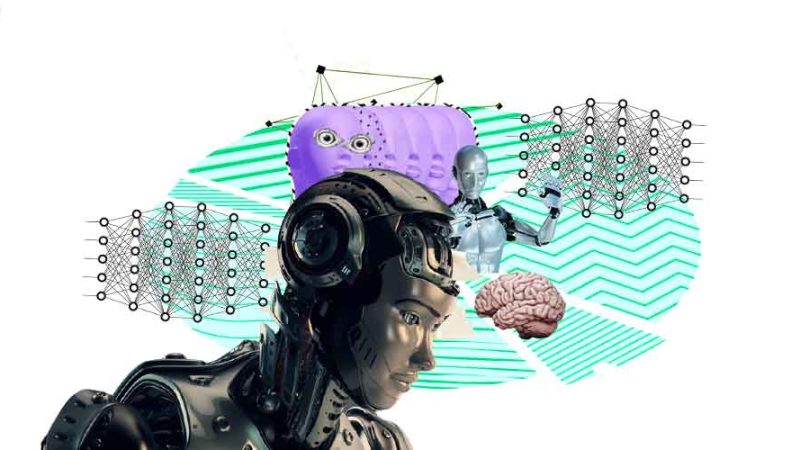
Breaking Barriers: a comprehensive look at the History and Future of Women in Technology
Women have always been an essential part of the tech industry since its inception. From the first computer programmer Ada Lovelace to the modern-day CEO of YouTube, Susan Wojcicki, women have made significant contributions to the field. However, despite their achievements, women are still underrepresented in the tech industry. According to the National Center for Women and Information Technology, women make up only 26% of the computing workforce.
In this article, we will explore the history of women in tech, highlighting the accomplishments of early pioneers like Lovelace and Grace Hopper, and their contributions to the field of computer science. we will look to the future of women in tech and the opportunities available to encourage more girls to pursue careers in this exciting and ever-evolving industry.
Early Women in Tech
The first computer programmer was a woman named Ada Lovelace. She worked alongside Charles Babbage in the mid-1800s and is credited with writing the world’s first algorithm. Lovelace’s contributions to the field were groundbreaking, but unfortunately, her work was not widely recognized until many years later.
Another early pioneer in tech was Grace Hopper. She was a computer scientist and Navy Rear Admiral who developed the first compiler, which translated computer code into machine-readable instructions. Hopper’s contributions to computer science were critical to the development of modern computing.
In addition to Lovelace and Hopper, several other women made significant contributions to the early days of computing. Some of these women include Jean Jennings Bartik, who was one of the first programmers of the ENIAC computer, and Katherine Johnson, who was instrumental in the early days of NASA’s space program.
Women in Tech Today
Despite the accomplishments of Lovelace, Hopper, and other early female tech pioneers, women are still underrepresented in the tech industry today. According to the National Center for Women and Information Technology, women make up only 26% of the computing workforce.
However, there are many women today who are making significant contributions to the tech industry. Sheryl Sandberg, the COO of Facebook, has been a vocal advocate for women in tech and has encouraged companies to do more to hire and promote women. Reshma Saujani founded Girls Who Code, a nonprofit organization that teaches girls how to code and helps close the gender gap in tech.
Many women are leading successful tech companies. Susan Wojcicki is the CEO of YouTube, while Safra Catz is the CEO of Oracle. These women have broken through the glass ceiling and are leading the way for the next generation of women in tech.
The Future of Women in Tech
The future of women in tech is bright. As more and more girls are introduced to technology at a young age, we can expect to see an increase in the number of women pursuing careers in tech. However, there is still work to be done to address the gender gap in the industry.
One way to encourage more women to pursue careers in tech is to provide them with more role models. When girls see women like Susan Wojcicki and Safra Catz leading successful tech companies, they are more likely to see themselves in those roles.
Another way to address the gender gap in tech is to provide more opportunities for women to learn coding and other tech skills. Programs like Girls Who Code are critical to closing the gender gap in tech, as they provide girls with the skills and confidence they need to pursue careers in the industry.
In addition to providing more role models and opportunities for learning, it is important for companies to actively address the gender gap within their organizations. This includes implementing policies and programs that promote diversity and inclusion, as well as actively seeking out and hiring qualified women for tech roles. By creating a more diverse and inclusive workforce, companies can not only address the gender gap but also benefit from the diverse perspectives and ideas that women bring to the table.











